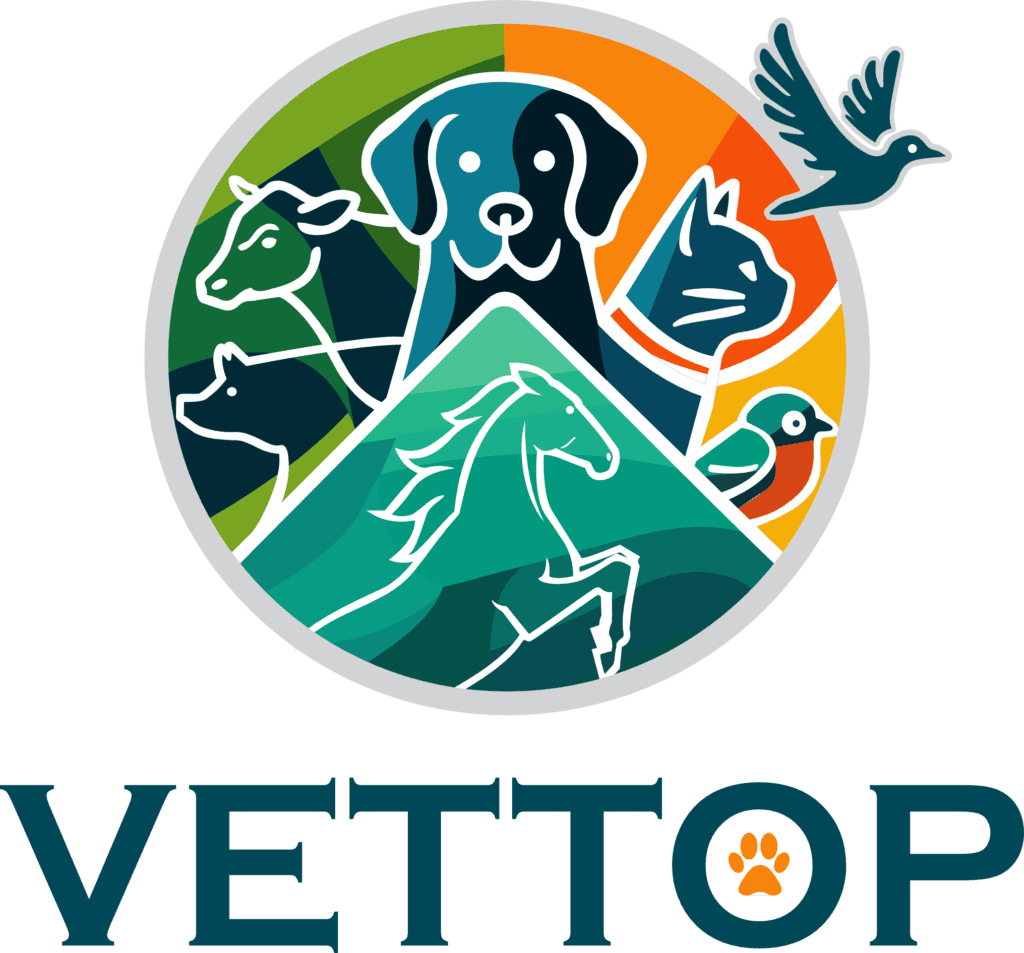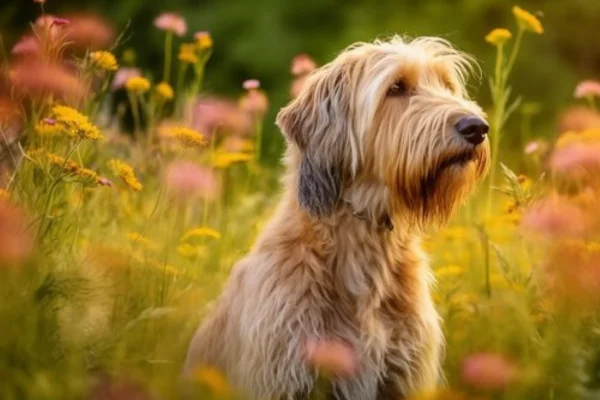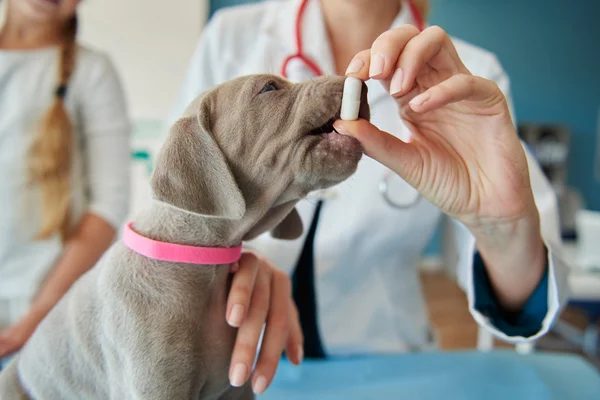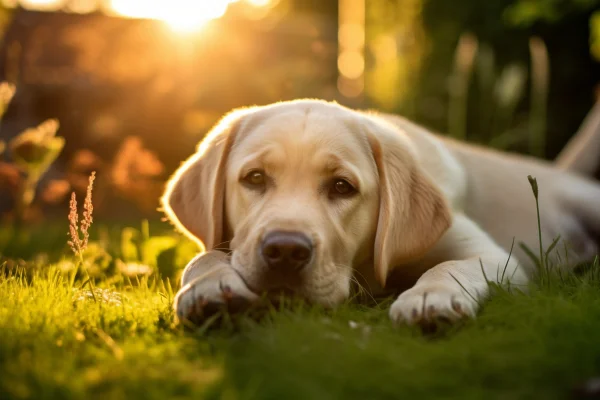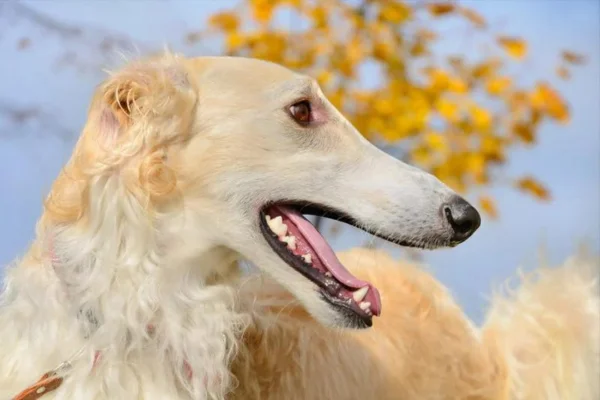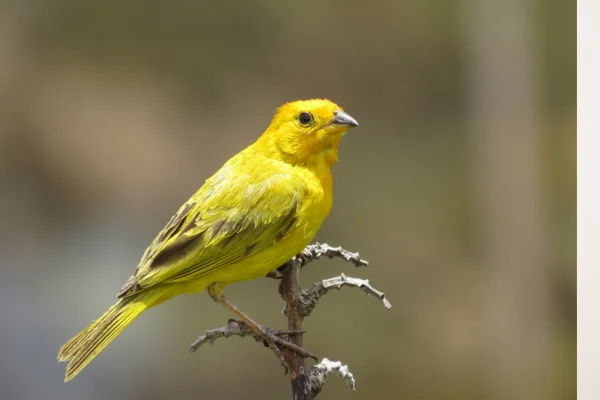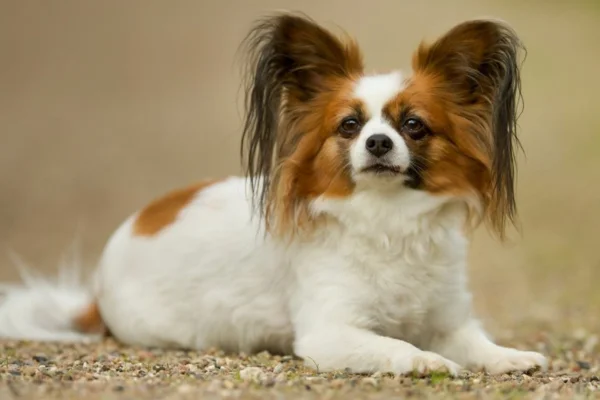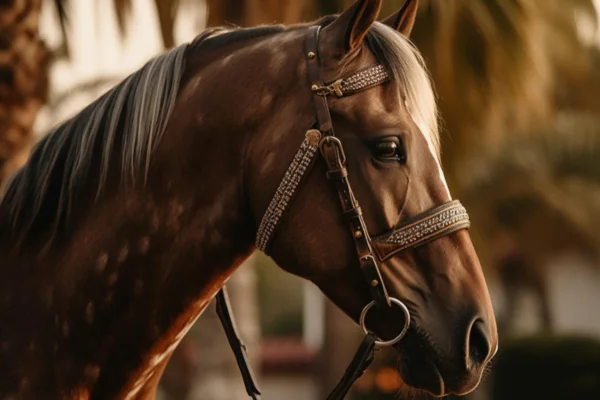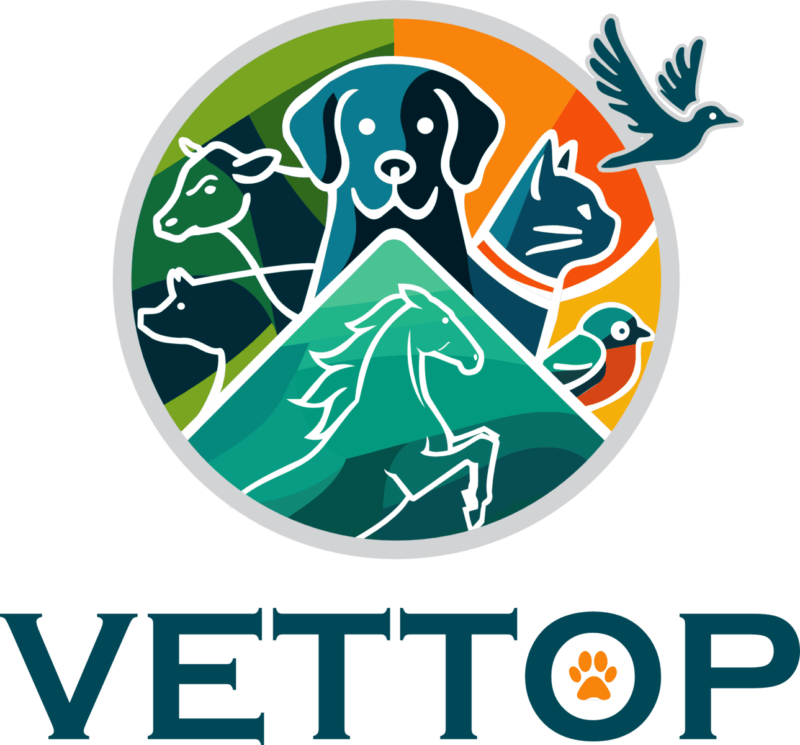Otterhound: The Charming and Rare Otter Dog
When we think of dog breeds, some immediately spring to mind, such as the Labrador, Poodle or German Shepherd. However, there are many lesser-known breeds that have fascinating stories and unique characteristics. One such breed is the Otterhound. This rare dog, with its origins linked to English nobility and hunting, has an undeniable charm and endearing personality. Let's dive into the history, characteristics and care required for this wonderful breed.
The History and Origin of the Otterhound
They are an ancient breed whose roots go back to medieval England. Originally, these dogs were bred to hunt otters, a popular sport among the English nobility. Otters, at the time, were seen as pests because they consumed large quantities of fish from local rivers and streams, affecting fishing. So they were developed to be efficient otter hunters, combining tracking skills with an excellent ability to swim.
The creation of the Otterhound involved mixing several breeds, including the Bloodhound, Griffon Vendéen and Harrier, resulting in a dog with a keen sense of smell, endurance and a water-resistant coat. Unfortunately, with the decline of otter hunting, especially after the legal protection of otters in 1978, the Otterhound's popularity declined, making it one of the rarest breeds in the world today.
Contents
Physical characteristics of the Otterhound
The Otterhound is a large, robust dog with an appearance that often resembles a "teddy bear" due to its shaggy coat and friendly look. Here are some of the breed's main physical characteristics:
- Size and weight: they are large dogs. Males generally weigh between 50 and 60 kilos, while females weigh between 35 and 45 kilos. They can measure between 61 and 69 centimeters at the withers.
- Coat: The Otterhound's coat is one of its most distinctive features. They have a double coat, made up of a rough outer layer and a soft undercoat. This coat is water-resistant, which is ideal for its origins as an otter hunter.
- Colors: they can have a variety of colors, including black, brown, grey, blue and a mixture of several of these colors.
- Smell: Inheriting the Bloodhound's keen sense of smell, the Otterhound has exceptional tracking ability. Its nose is one of its most notable and valuable features, especially in search and rescue activities.
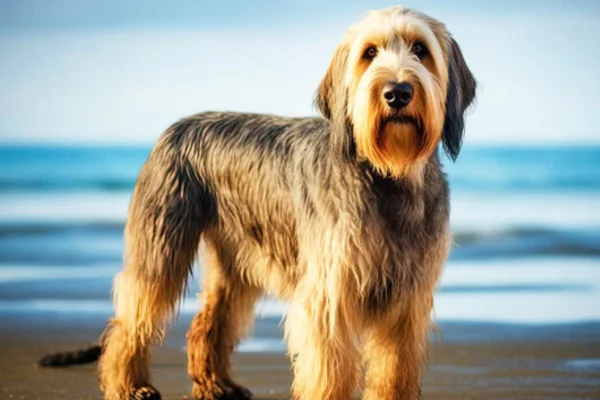
Otterhound Personality and Behavior
The Otterhound is known for its friendly and good-natured personality. They are intelligent, independent and often stubborn dogs, which can make training a little challenging, but not impossible. Here are some behavioral characteristics of this breed:
- Friendly and sociable: they are generally very sociable and friendly dogs, both with people and other animals. They are known to get on well with children and can be excellent family dogs.
- Energy and Exercise: Because of their origins as working dogs, they have a lot of energy and need regular exercise. Long walks, runs and games are essential to keep them happy and healthy.
- Independence: Although they are friendly, this breed has an independent streak. They like to explore and can be prone to following interesting trails, thanks to their keen sense of smell.
- Vocalization: they can be quite vocal. They have a deep, resonant bark that can be heard over long distances. This may be something to consider for those who live in apartments or areas with close neighbors.
Otterhound Care and Maintenance
Having an Otterhound as part of the family requires some specific care to ensure that it stays healthy and happy. Here are some important care tips:
- Coat: The Otterhound's coat requires regular attention. Brushing the coat several times a week helps prevent tangles and remove dirt. Regular baths are also important, especially given their propensity to get dirty while exploring.
- Exercise: As mentioned, this breed needs plenty of exercise. Make sure they have enough time to run and play every day. Long walks are ideal, as are opportunities to swim, if possible.
- Food: A balanced and nutritious diet is crucial. Consult your veterinarian to determine the best diet for your Otterhound, taking into account factors such as age, weight and activity level.
- Health: Dogs of this breed are generally healthy, but like any breed, they can be prone to certain conditions. Joint problems, such as hip dysplasia, and skin problems are some common concerns. Regular check-ups at the vet will help keep your dog's health up to date.
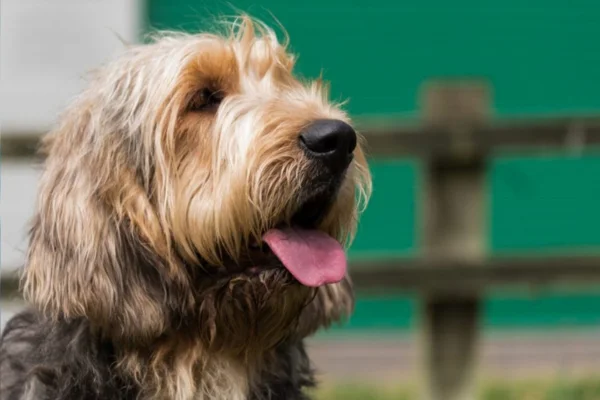
Otterhounds Today: A Loyal and Loving Companion
Although otter hunting is a thing of the past, the Otterhound has found a new role as a loyal and loving family companion. Their cheerful personality and affectionate nature make them excellent for active families who can offer the level of exercise and stimulation they need. The rarity of the breed also means that owning an Otterhound is something special, an opportunity to help preserve a unique part of canine history.
they are dogs that excel in activities such as search and rescue, thanks to their keen sense of smell and persistent nature. They can also do well in obedience and agility competitions, although their stubbornness can be a challenge during training.
Final considerations
The Otterhound is a fascinating breed with a rich history and a unique set of characteristics that make them special. Their rare beauty, combined with a charming personality and impressive abilities, makes them a wonderful choice for anyone looking for a large, loving and energetic dog.
Owning an Otterhound is a commitment, requiring time, patience and dedication, but the reward is a loyal and affectionate companion who will bring a lot of joy and adventure into your life. If you're willing to accept the challenge and responsibility, the Otterhound could be the perfect dog for you.
The preservation of this rare breed is important, and by adopting an Otterhound, you are also helping to keep a part of canine history alive. With the right care and lots of love, the Otterhound can be an amazing addition to any home.
Thank you for visiting us and check out our other work
